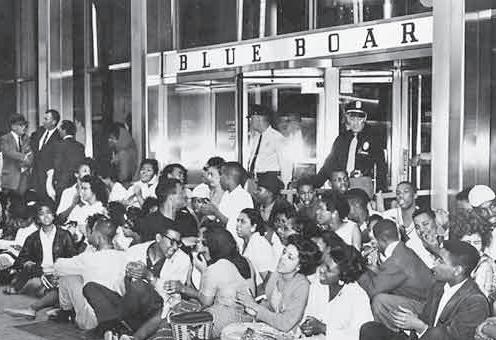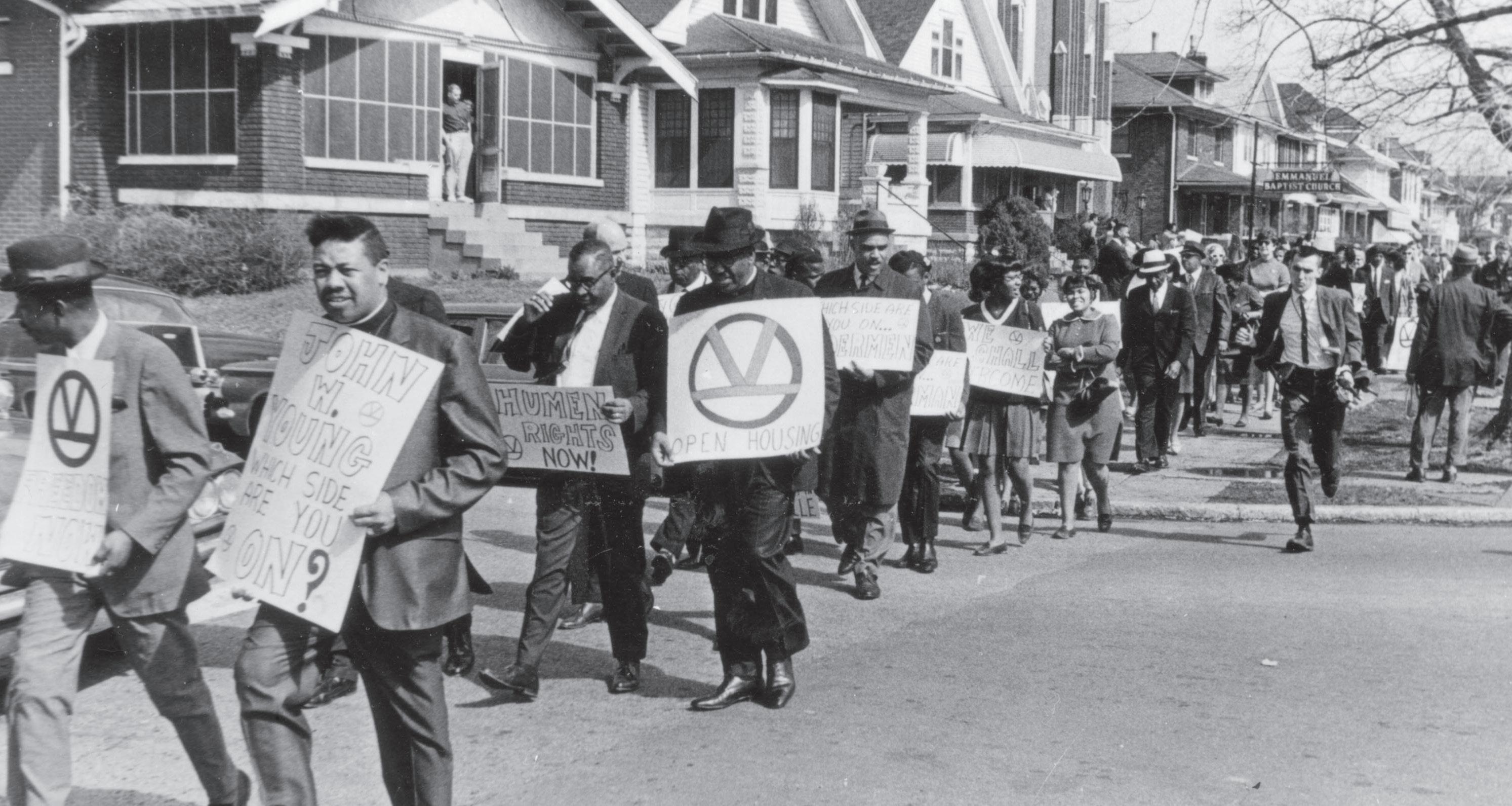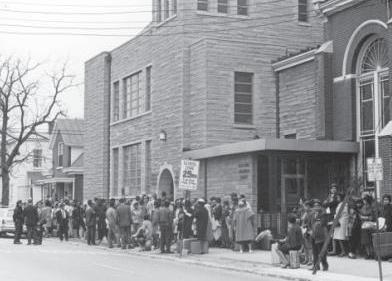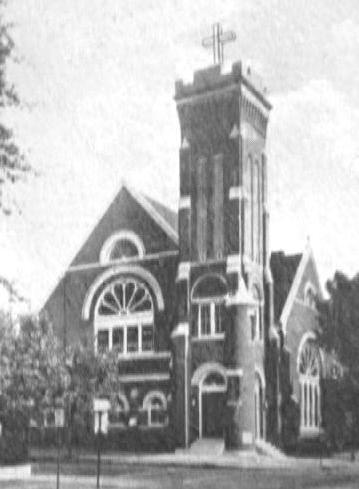
4 minute read
Pendennis Club
6OPEN ACCOMODATIONS MASS PROTESTS 610 South 4th Street
Images in this section Courtesy of: ExploreKYHistory.KY.Gov Until the 1960s, most white owned food and retail establishments downtown barred African Americans from entry or gave them unequal service. As part of a wave of nonviolent sit-ins across the South that began a new generation of mass activism in 1960, African American teens launched a sit-in campaign here in Feb. 1961. More than 700 arrests and 2 of protests— including a “Nothing New for Easter” boycott that cost merchants thousands of dollars, led 200+ businesses to desegregate. Using their votes as a bloc, blacks ousted many on the city’s Board of Aldermen after it twice rejected an ordinance forbidding discrimination by race in public accommodations. The open accommodations law passed in 1963—1st one south of the Mason-Dixon. Newer and more artistic markers further north on Fourth Street show some of the specific sires of the sit-ins.
Advertisement

Image Courtsey of: the Anne Braden Institute Image Courtesy of Souther Foodways Alliance


Established in 1881, this elite private club continued excluding blacks, Jews & women in the 1970s after most businesses had desegregated. In 1991, Rev. Louis
Coleman, Jr. filed a complaint with the KY Human
Rights Commission alleging the Pendennis denied him membership because of his race. Coleman and a white ally set up a table on the sidewalk outside and staged their own lunch to draw attention to the exclusionary policy—a protest they sometimes repeated through the 90s. The club announced an open policy in 2006. Image Courtsey of: Pintrest 7PENDENNIS CLUB 218 W Muhammad Ali Blvd

8OLD WALNUT ST BUSINESS DISTRICT & MAE STREET KIDD

Image Courtesy of Anne Braden Institute
By the 1920s, Louisville’s black population was more concentrated into all-black areas than ever before. A thriving black business district thus developed, centered around Walnut St— later renamed Muhammad Ali Blvd—between 6th & 13th. This area was home to a number of commercial and social operations such as (theaters, clubs, restaurants, bars, etc.). Notable long-standing establishments included Bowman’s Apothecary and The Lyric Theater, which featured artists such as Louis Armstrong and Dinah Washington. Other prominent businesses included White Printing Services which operated for over 20 years in the Walnut Street business district.
Image Courtesy of UofL Photo Achives

6TH-13TH W Muhammad Ali Blvd
The large building (now River City Bank) was once an anchor for the area. For years, it was long time home to Mammoth Life and Accident Insurance Co., founded in 1915 and grew to become Kentucky’s largest black-owned business. Mae Street Kidd (1904-1999), a longtime Mammoth employee, served the KentuckyHouse of Representatives from 1968-84. In 1968, she co-introduced the state’s fair housing bill, and the Mae Street Kidd Act later created the Kentucky Housing Corporation for low-income housing. In 1976 Kidd also led the legislature to belatedly adopt the 13th, 14th, & 15th Amendments to the U.S. Constitution. Biracial & fair-skinned,Kiddwas often taken for white but lived as AfricanAmerican.
Image Courtsey of: KY Housing Corp.

STOP & LOOK: Mae Street Kidd’s autobiography is entitled, Passing for Black.
9ZION BAPTIST CHURCH & REV A D KING 2200 W Muhammed Ali Blvd

Image Courtsey of: the Anne Braden Institute

Congregation was organized by 18 blacks in Aug., 1878. First church on Center Street, 1882; present church bought in 1927. Notable pastors have been W.H. Craighead, D.E. King, A.D. Williams. King (brother of Dr. Martin Luther King, Jr.) and H. D. Cockerham. Zion was base for local and state civil rights activities; Kentucky Christian Leadership Conference office was in adjoining building.
Image Courtesy of Zion Baptist Church, Inc. Reverend Alfred Daniel Williams King was Martin Luther King Jr.’s younger brother. A.D. King became minister of Zion Baptist Church in 1965. Soon after assuming this position, he started a Kentucky chapter of elder King’s Southern Christian Leadership Conference known as the Kentucky Christian Leadership Council. The group’s headquarters was in the adjacent building. A.D. King’s major initiative included confronting Louisville’s discriminatory housing policies and pushing for fair and open housing. In 1967, after being hit with a rock at a local open housing rally, M.L. King delivered one of his most famous speeches from Zion’s pulpit. “Upon this rock,” he declared, “we are going to build an open city.” Louisville’s open housing ordinance passed later that year. During the civil rights movement, Zion became among the largest African American Baptist churches in Kentucky.
Image Courtesy of: A.D. King Foundation











